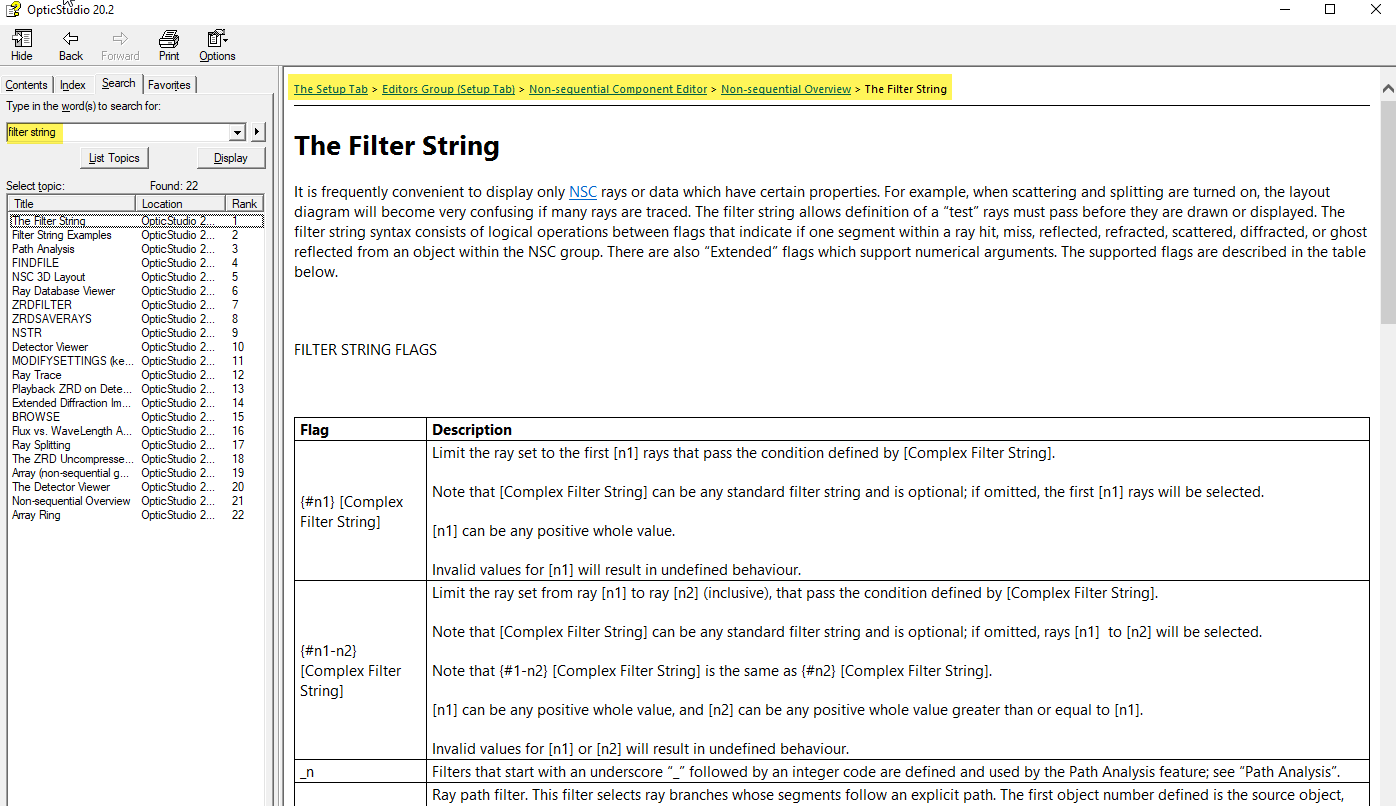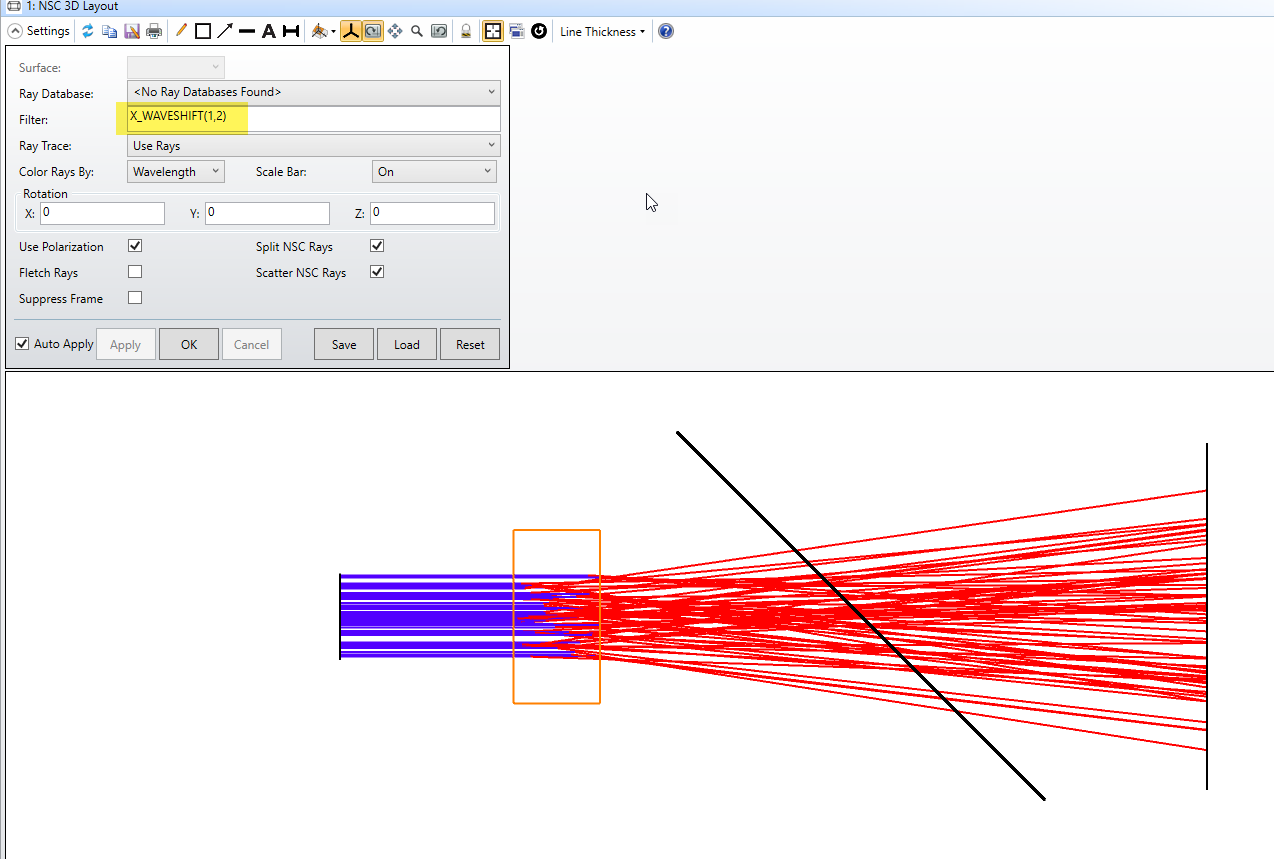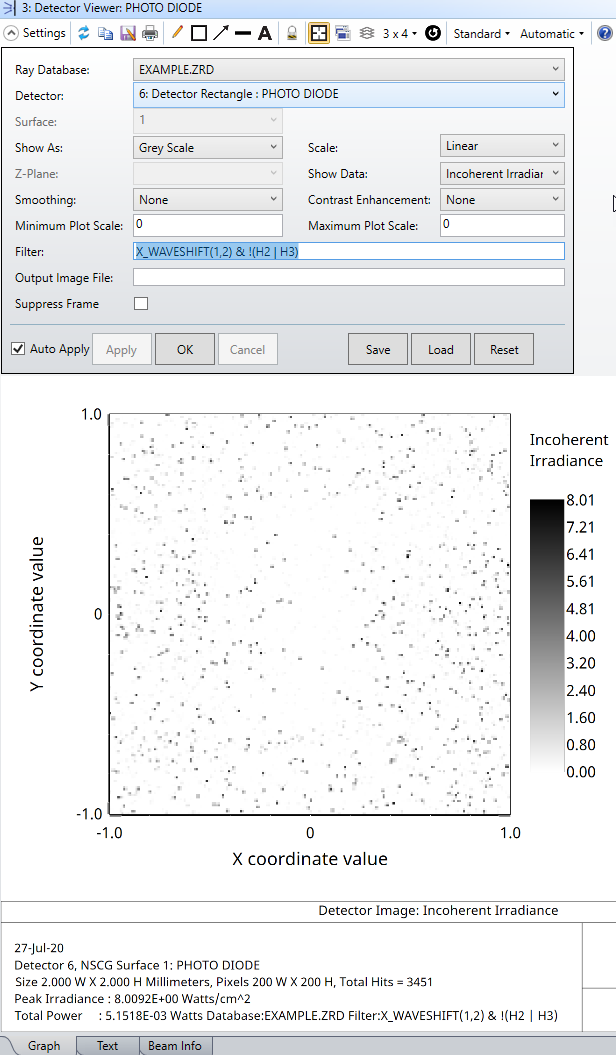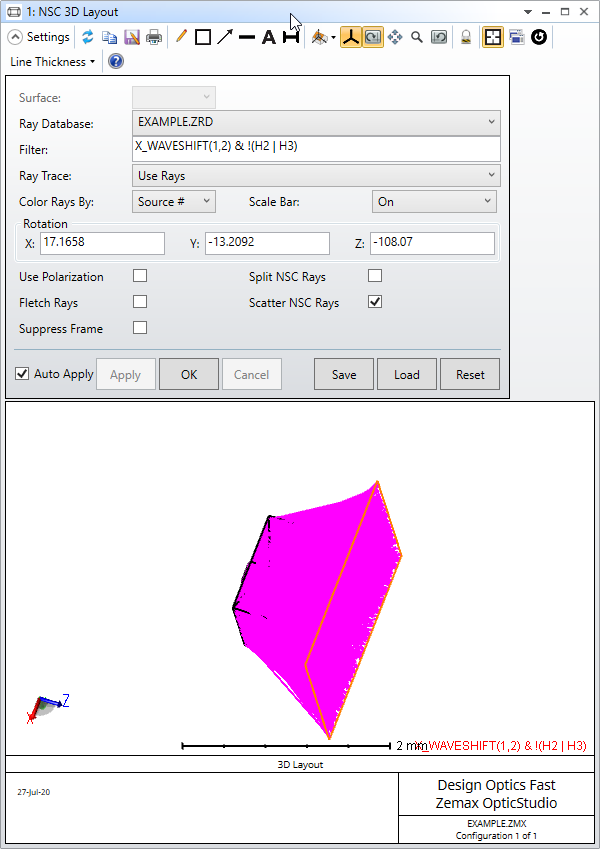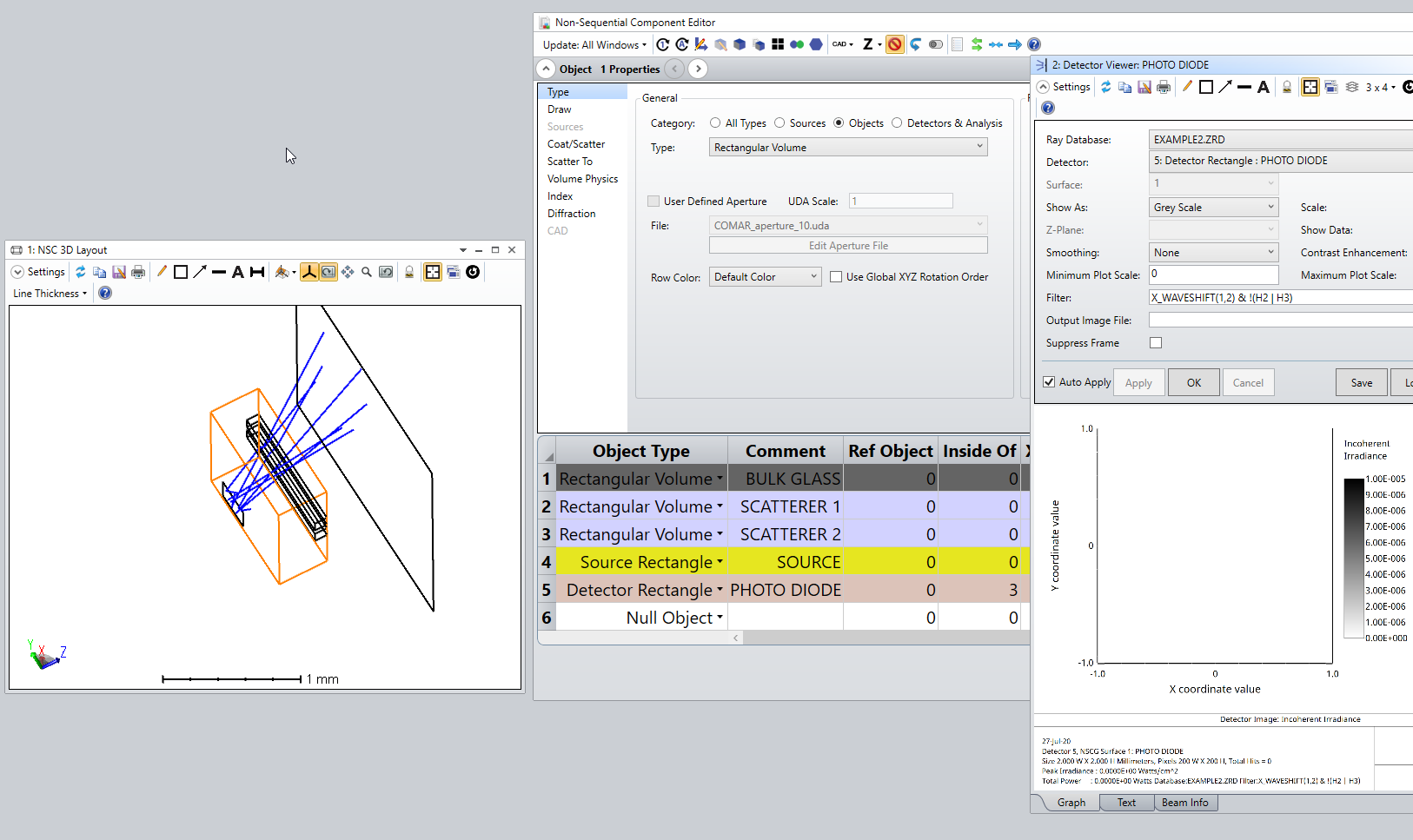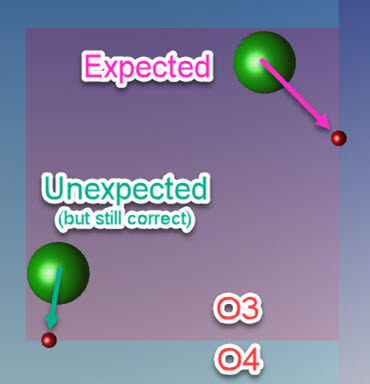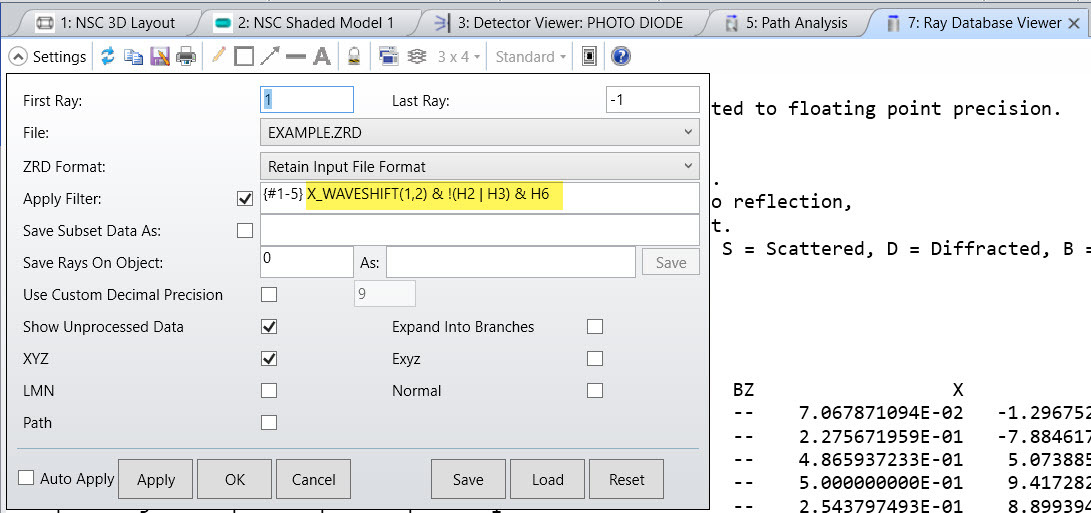Hello,
I'm using Zemax OpticStudio 18.4.1 Premium in the non-sequential mode. My optical system consists of a light source (source radial) with 2 wavelengths and 1e5 beams, 2 detectors (rectangular) and a bulk scatterer (volume physics -> angle scattering) with wavelength shift. So far it is working as I would expect it. But when it comes to ray analysis there are some, at least to me, miraculous things happening.
I saved a ray file (polarization, scattering and ray splitting on) and tried to use filter strings in the path analysis window. At first sight it seemed to work but only on the first sight. For example, I tried to get only the beams with wavelength shift. So I used 'X_WAVESHIFT(1,2)' and I got a result. In addition I tried 'X_WAVESHIFT(1,2) & H9' (Object 9 is the one with the bulk scattering properties; the only one in the system) and I got a different result (smaller power). How is that possible? The same thing happens if I use the strings directly in the detector window
Now I used the generated path analysis flags in order to have a look on what is happening there. And so I figured out that some of the rays didn't experience a wavelength shift. How is that possible? Shouldn't the filters show only the 'inelastic' scattered ones?
I am really a bit confused here and would be grateful for any help.
Thanks a lot in advance and with best regards,
Martin Jahn
p.s. I hope I didn't miss to include some standard information or that usually a minimal example is required. If so, I want to apologize in advance.



